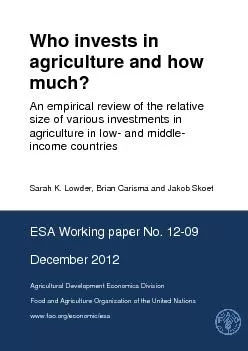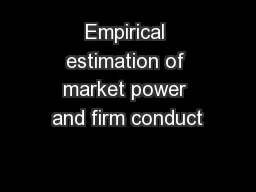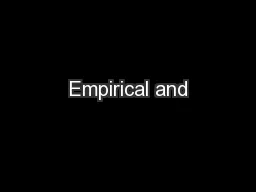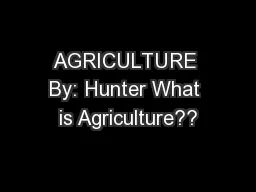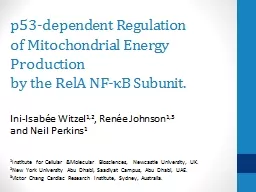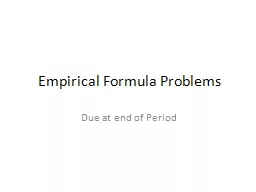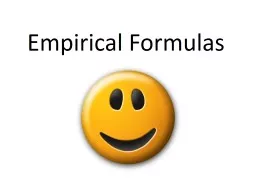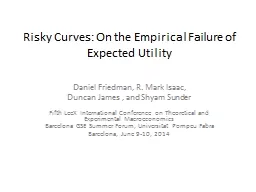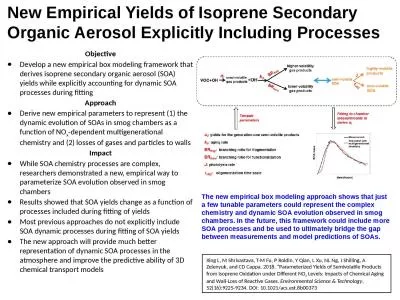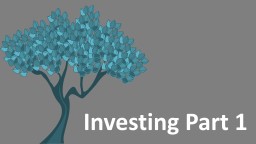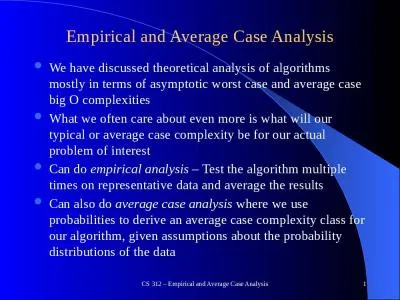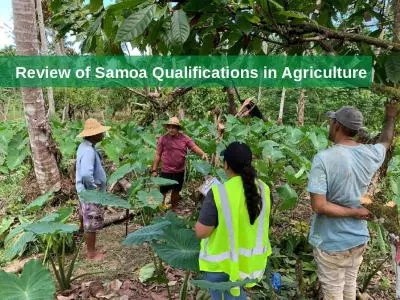PDF-Who invests in agriculture and how much?An empirical review ofthe rela
Author : lindy-dunigan | Published Date : 2015-08-18
1 2 xMCIxD 0 xMCIxD 0 Acknowledgements his paper was prepared as background research in support of FAO146s forthcoming The State of Food and Agriculture 2012 Investing
Presentation Embed Code
Download Presentation
Download Presentation The PPT/PDF document "Who invests in agriculture and how much?..." is the property of its rightful owner. Permission is granted to download and print the materials on this website for personal, non-commercial use only, and to display it on your personal computer provided you do not modify the materials and that you retain all copyright notices contained in the materials. By downloading content from our website, you accept the terms of this agreement.
Who invests in agriculture and how much?An empirical review ofthe rela: Transcript
Download Rules Of Document
"Who invests in agriculture and how much?An empirical review ofthe rela"The content belongs to its owner. You may download and print it for personal use, without modification, and keep all copyright notices. By downloading, you agree to these terms.
Related Documents

